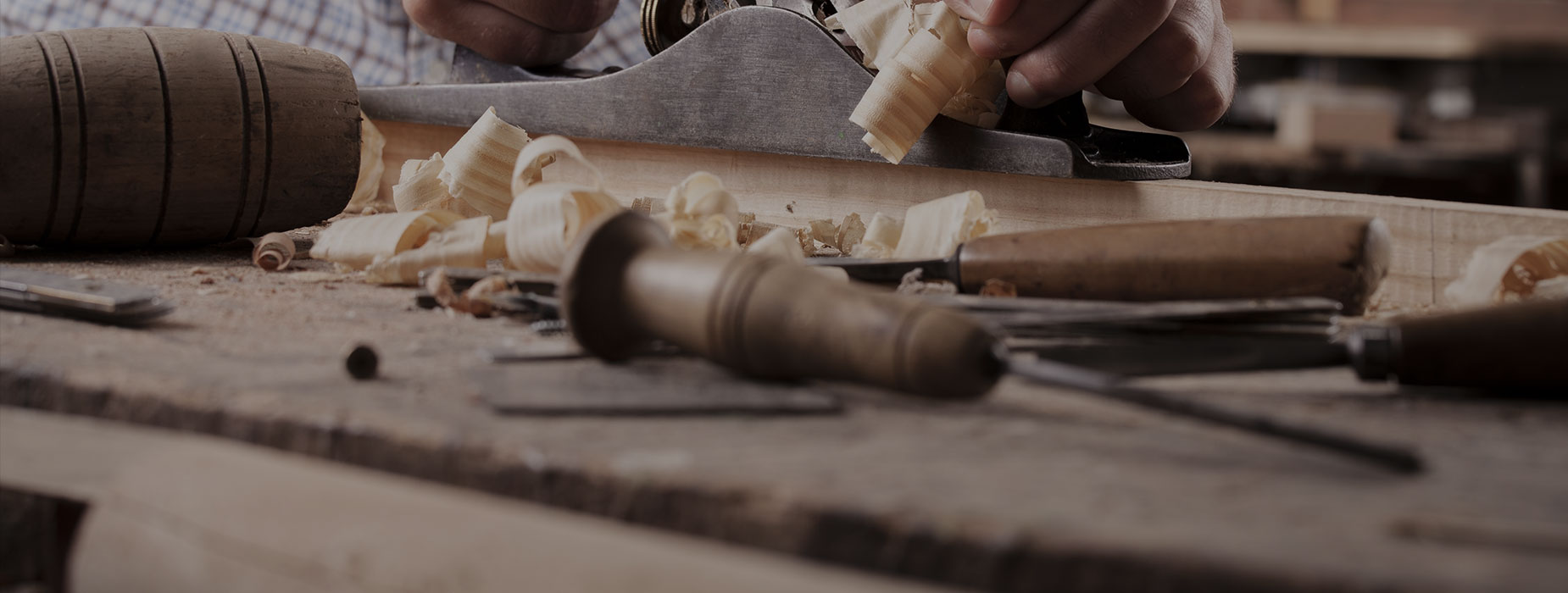
Steel Ingot Price in India
What is an Ingot?
Any quantity of metal specifically cast from a molten state of known composition, weight, shape, and physical dimension is referred to as an ingot. This consistency is designed to aid in the accounting of metal quantities cast, stored, and transported. Gold, silver, platinum, and tin are just a few of the metals that are regularly cast into ingots. Ingot designs come in a wide range of forms and sizes, depending on the finished product’s intended use and metallurgical requirements.
For as long as metallurgy has existed, metals have been cast into shapes with recognised properties. The ingot was an acceptable means of displaying rich metals for storage and transportation from the ancient Chinese sycee through the gold, silver, and lead ingots of the Roman Empire. The practise of casting metals into standardised forms is still practised today, with ingots accounting for the vast majority of metal products. The accounting and logistic benefits of generating items with consistent characteristics are the primary drivers driving the practise. Each ingot is made out of a lump of metal with a given composition, size, form, and weight, making it simple to keep track of, store, and transport.
Molds for this purpose are more than just molten metal cooling containers. How the moulds are built will determine the physical features of the completed ingot down to the atomic level. The distribution of alloy additives, gases, and contaminants during cooling, which is largely governed by the mould design, determines the crystalline structure and integrity of the completed product. As a result, mould designs are developed to generate an ingot that is both physically and metallurgically suitable with its intended ultimate use. These factors will influence the mold’s shape, inner surface, and size, as well as the location of the filling access.
Typically, ingots are cast at the foundry stage of manufacture. In either a single step or continuous operation, molten metal is poured directly from the furnace into the pre-prepared moulds. The finished item is expelled from the mould once the molten metal has solidified to the point where it can be manipulated. Surface impurities like as slag, mould sand, and lubricants are normally removed before it is carried to a cleaning area. If the procedure demands it, the ingot is subsequently tagged and moved to storage.
The majority of metals and alloys that will be sold or used in manufacturing operations are cast into ingots. Gold, silver, tin, platinum, lead, aluminium, steel, and pig iron are among them.
Although most ingots are created as basic oblong shapes with tapering sides, their design may vary to accommodate transportation, storage, or manufacturing processes. Their weight might range from a few ounces to a hundred tonnes or more, depending on the intended end use.
